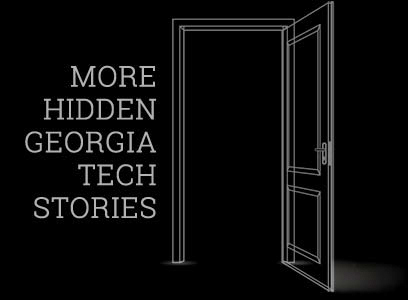
Hidden Georgia Tech: Architectural Details III
By Victor Rogers February 19, 2018
Across the Georgia Tech campus, hidden spaces and forgotten places await rediscovery. Some are relics of an earlier time, difficult to find and explore. Others are very much in view, but often overlooked. Hidden Georgia Tech is a photo-essay series highlighting places on campus that are hidden in plain sight.
Architectural Details, Part III
With 400 acres and nearly 160 buildings, Georgia Tech’s main campus is filled with a range of architectural styles, from Collegiate Gothic when the university opened to recent additions in contemporary design.
Part three of this three-part essay on architectural details will explore buildings in and near the BioTech Quad and a few buildings along the perimeter of campus.
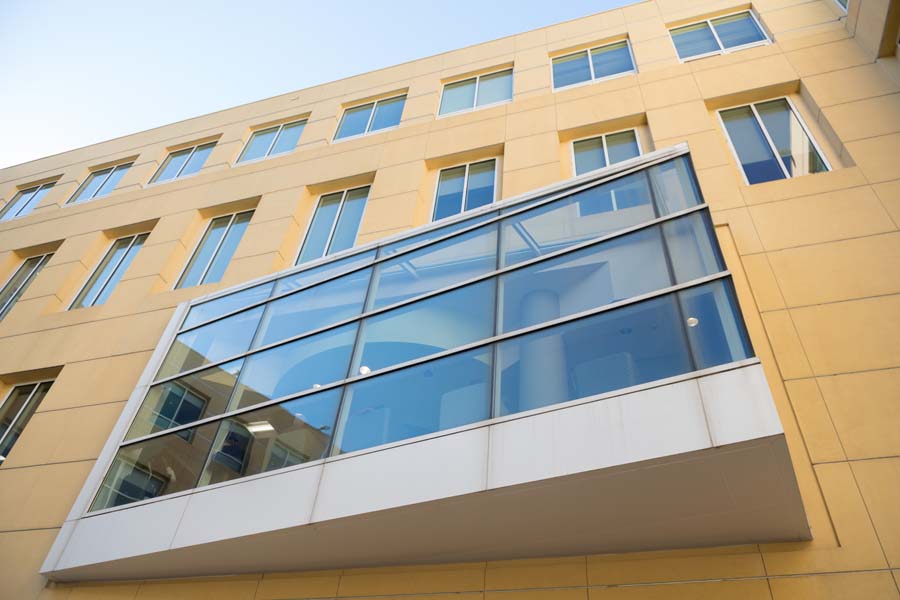
A study/reading area inside the Barnes & Noble at Georgia Tech extends slightly into the Jenkins Courtyard of the Scheller College of Business.
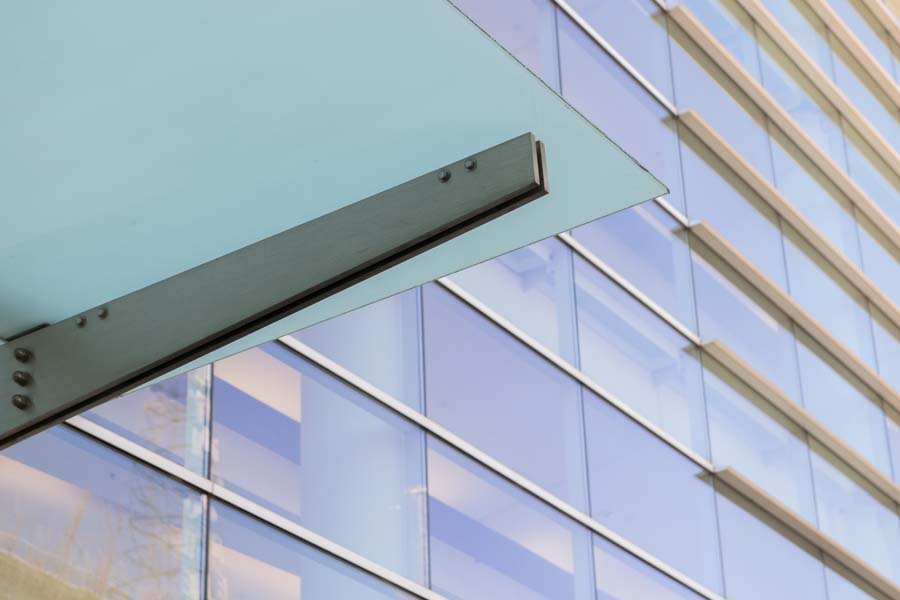
Close-up of the Scheller College of Business canopy.
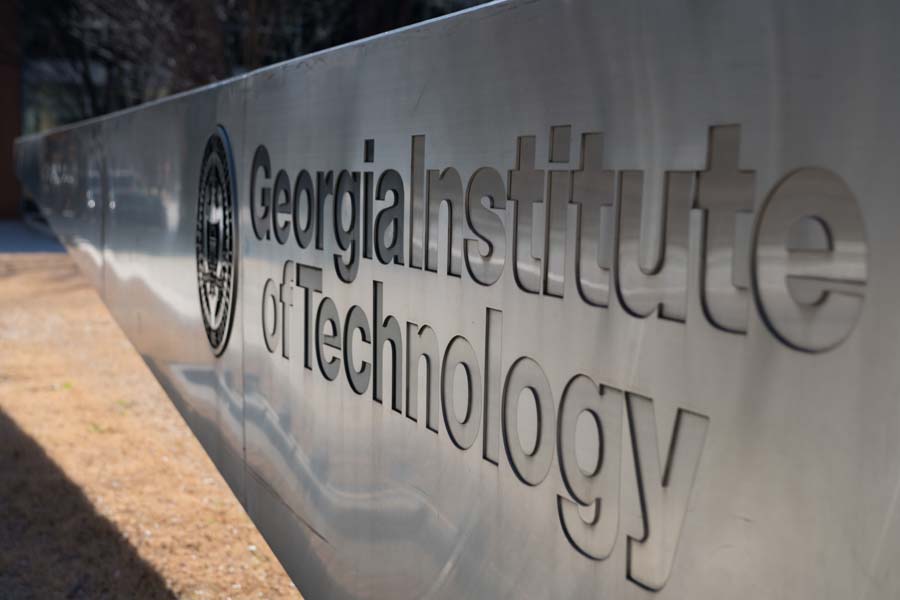
The Georgia Institute of Technology sign on the lawn of the Scheller College of Business is made of stainless steel.

The Technology Square sign at the corner of West Peachtree Street and Fifth Street marks the entrance to Midtown Atlanta's innovation ecosystem.
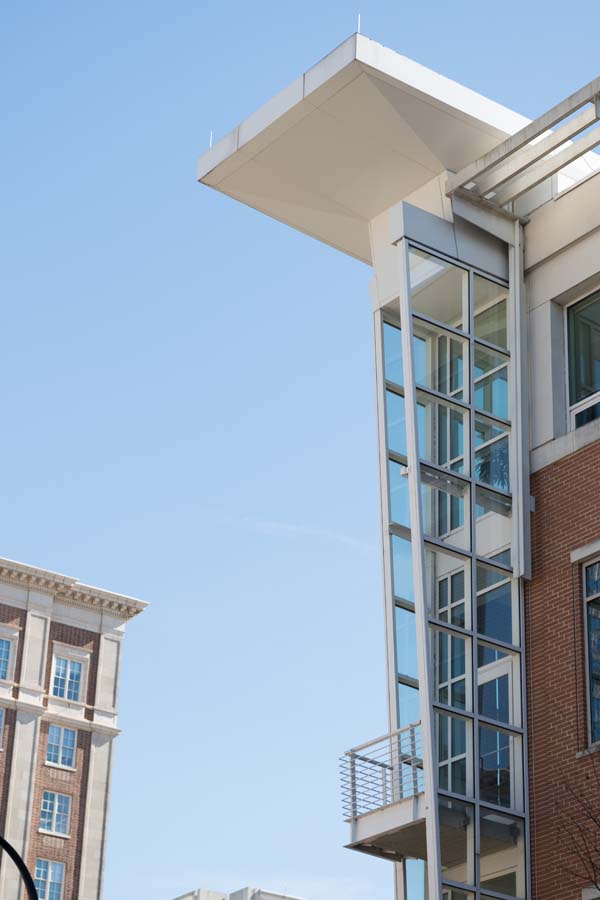
A corner of the Scheller College of Business, with a balcony facing the Biltmore.
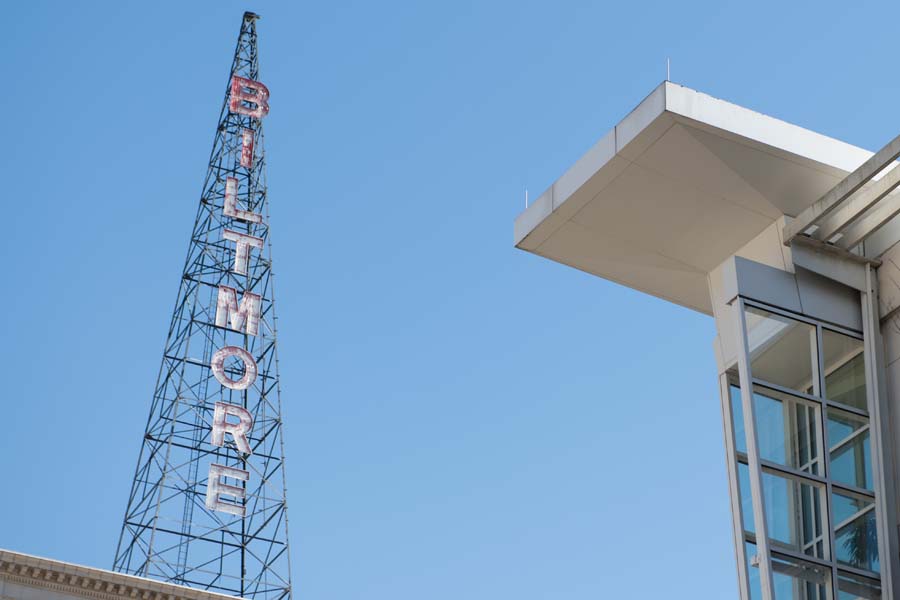
New meets old: The Scheller College of Business is across the street from the historic Biltmore, which was acquired by Georgia Tech in 2016.
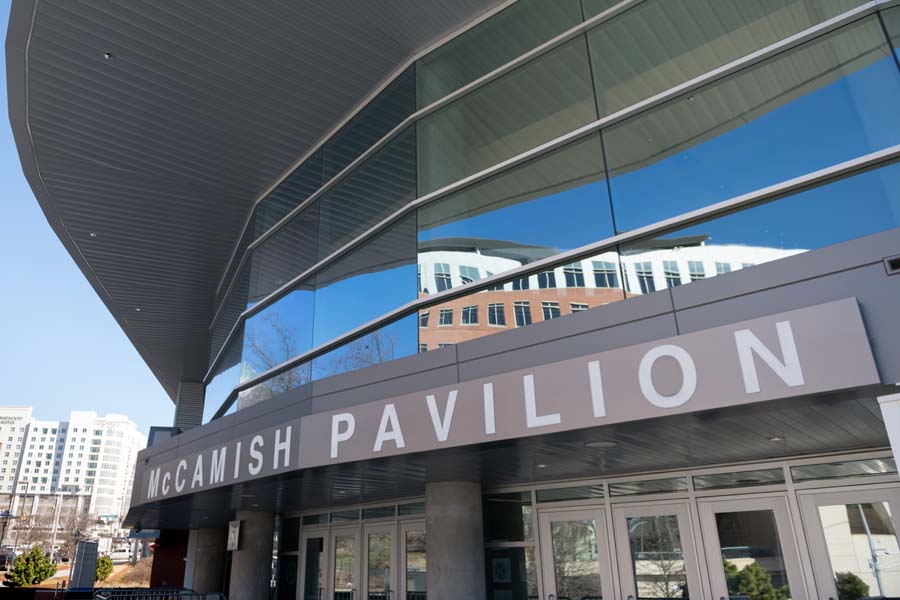
The mirrored windows of McCamish Pavilion reflect the buildings nearby.
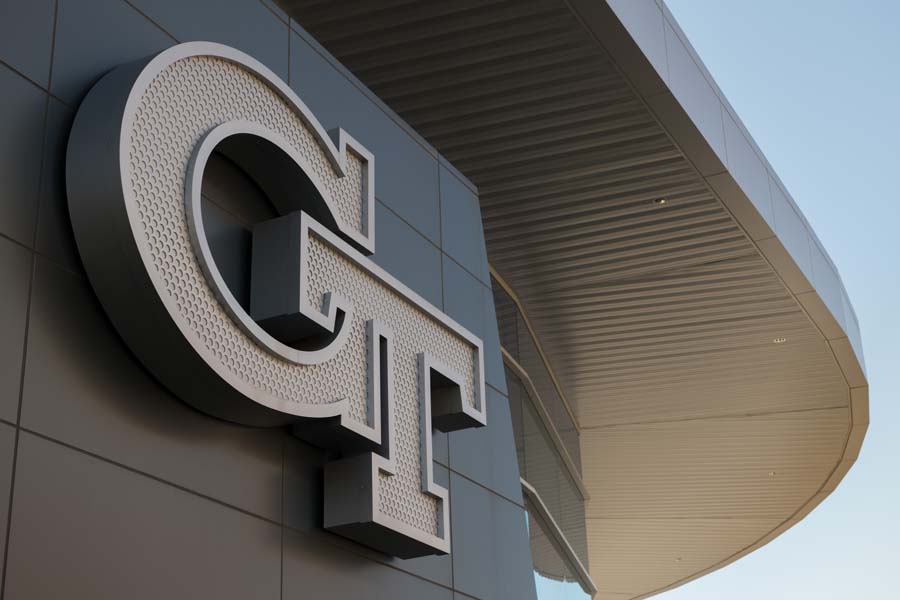
The interlocking GT, the logo for Georgia Tech's athletic teams, adorns McCamish Pavilion.
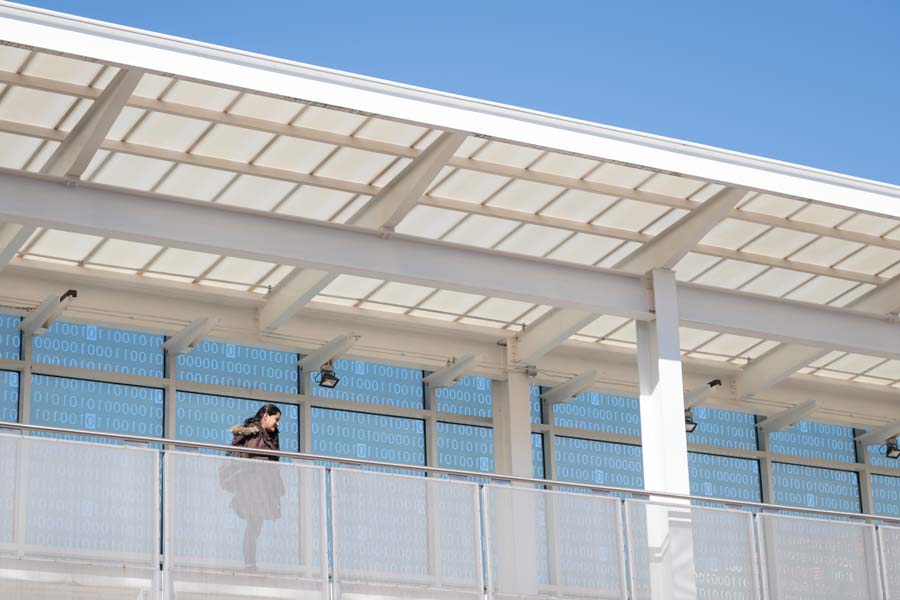
The binary skywalk connects the Klaus Advanced Computing Building to the rest of the Information Technology Complex.

The binary code on the skywalk reflects a binary code theme throughout the Klaus Advanced Computing Building. It decodes to "KL AU S."
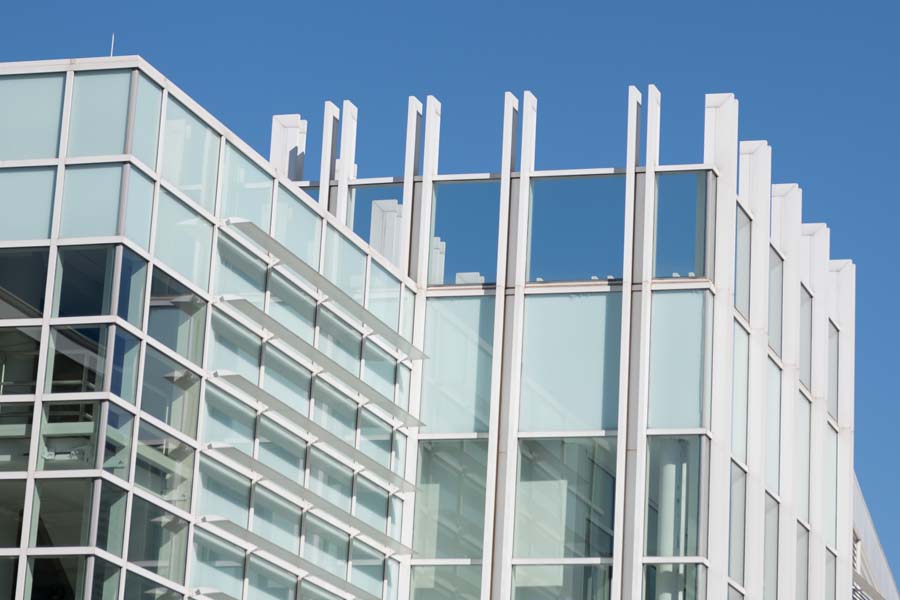
The top of the Klaus Advanced Computing Building.
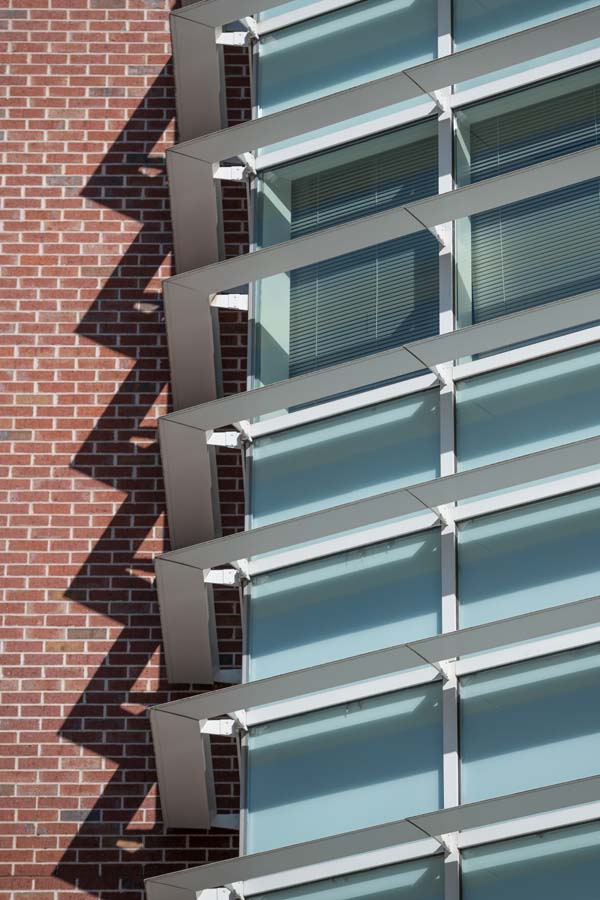
Window detail of Klaus Advanced Computing Building.
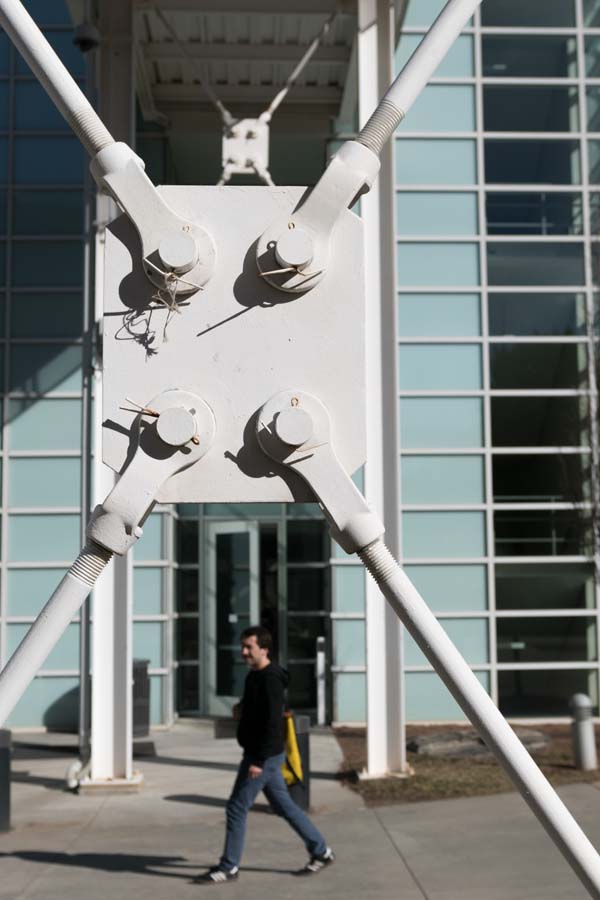
Close-up of supports for the Klaus binary skywalk.
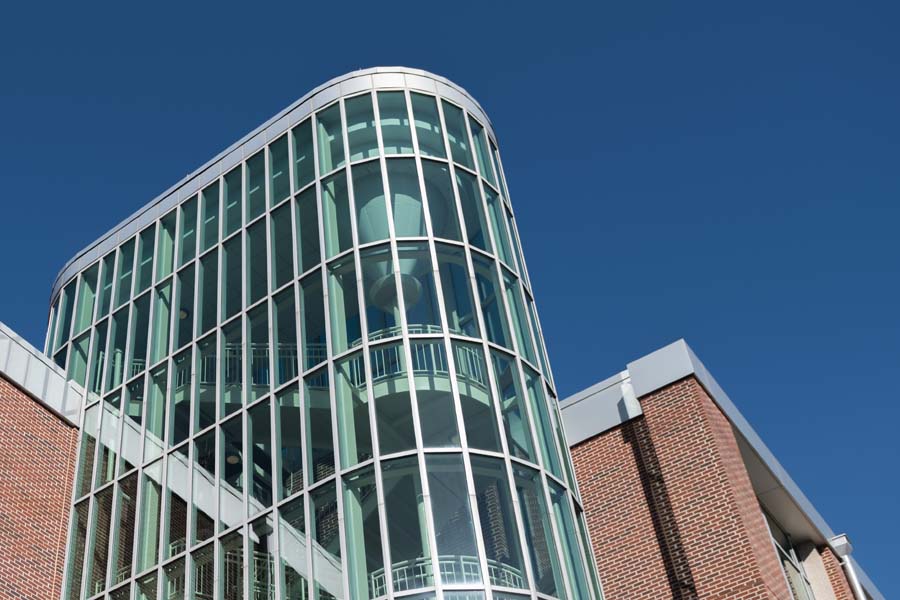
Glass-enclosed stairwell of the Ford Environmental Science and Technology Building.
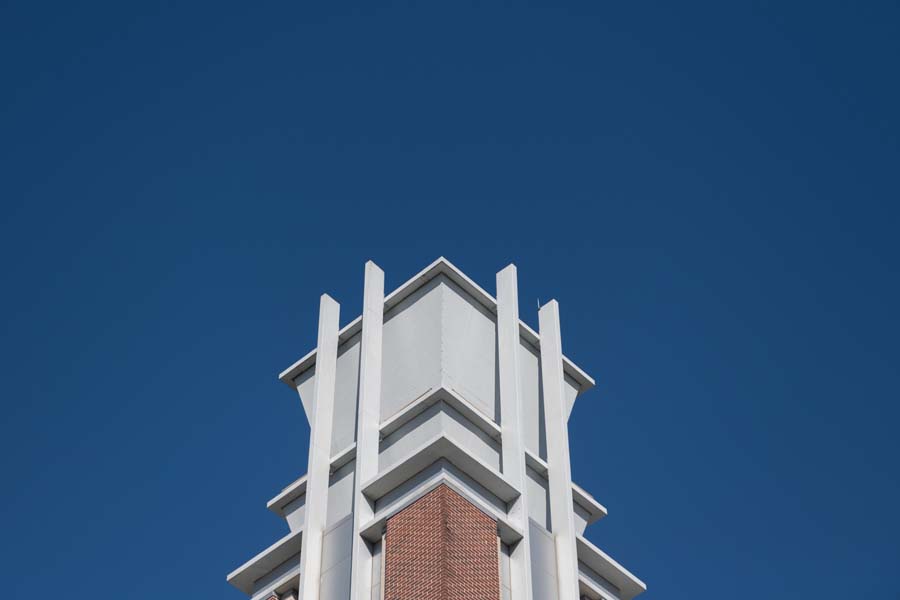
Tower at the Ford Environmental Science and Technology Building.
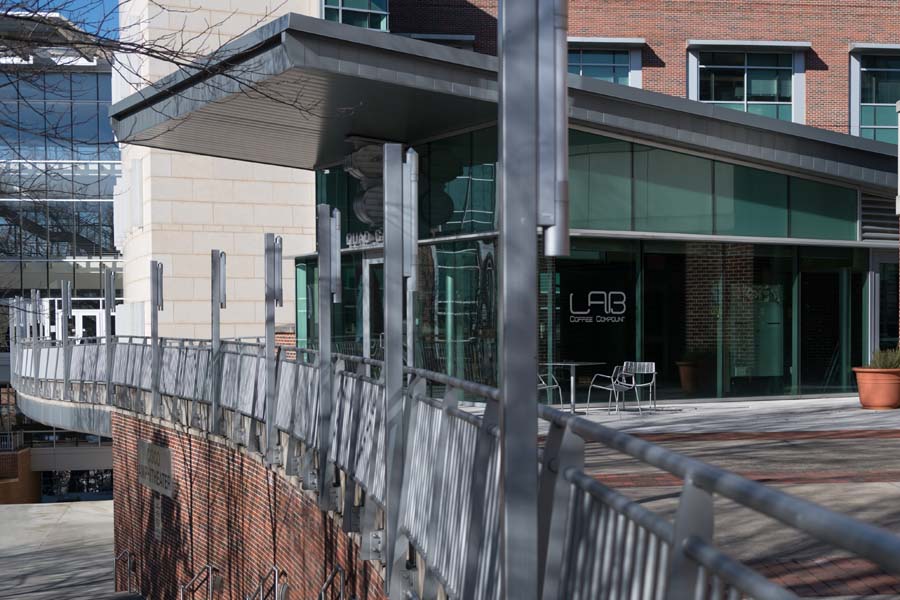
Walkway and café between the Ford ES&T Building and the Molecular Science and Engineering Building.
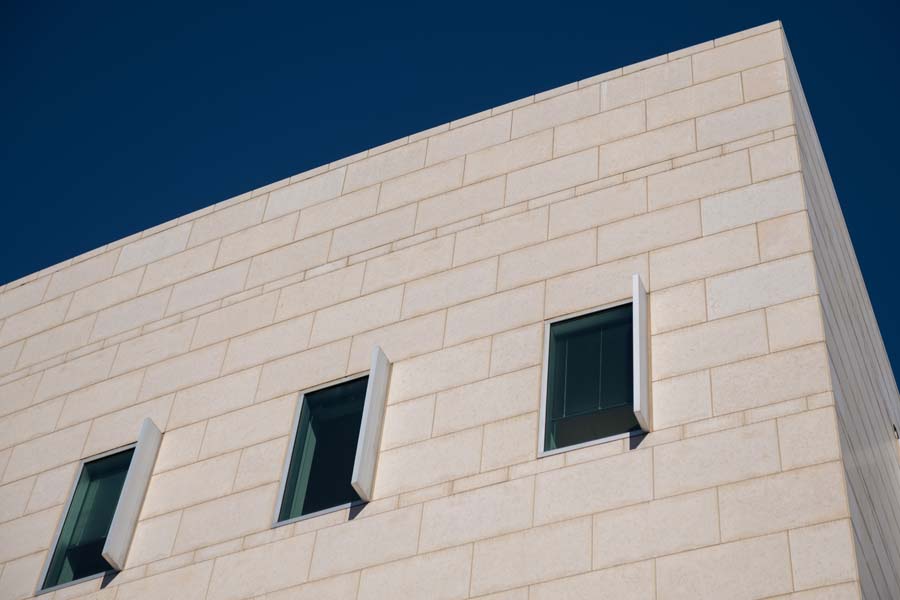
A section of the Molecular Science and Engineering Building is made of limestone.
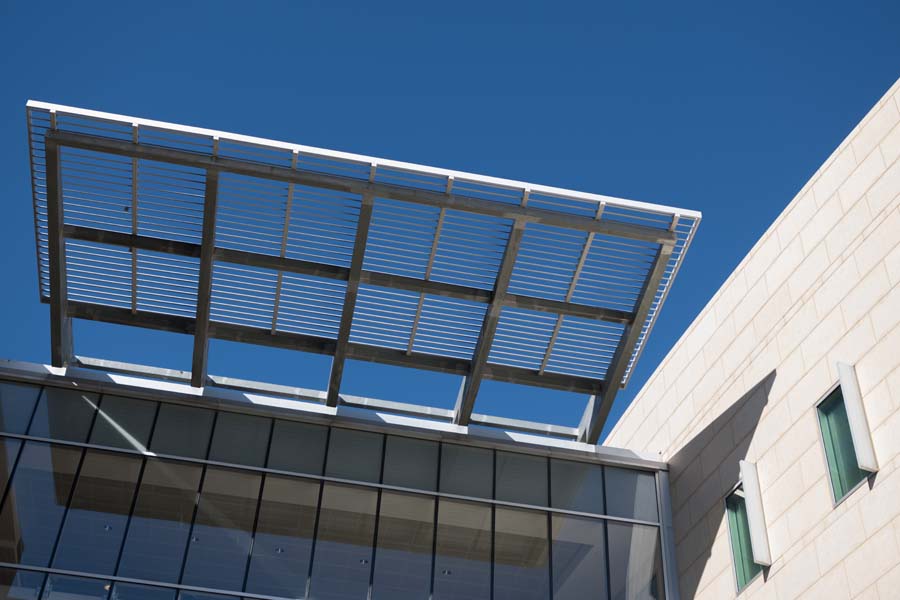
A sunshade at the Molecular Science and Engineering Building.
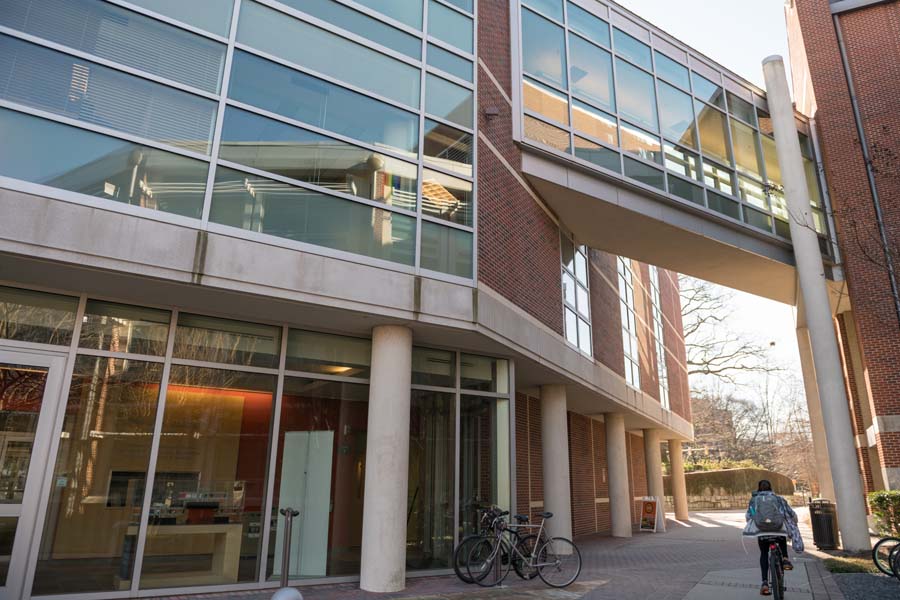
A skywalk connects the Whitaker Biomedical Engineering Building to the Petit Institute for Bioengineering and Bioscience (IBB).

Entrance of the Whitaker Biomedical Engineering Building on Ferst Drive.
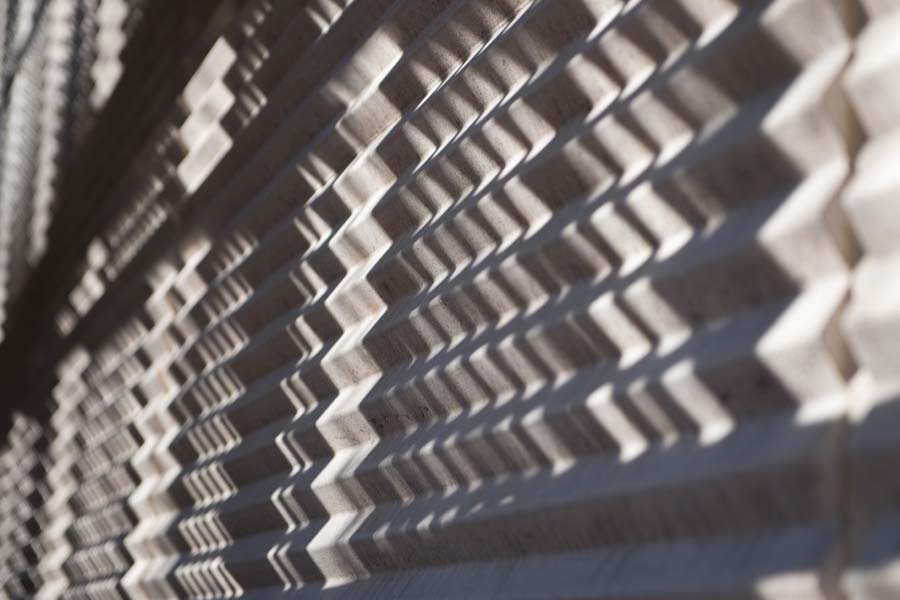
Shadows on a wall of the Marcus Nanotechnology Building.
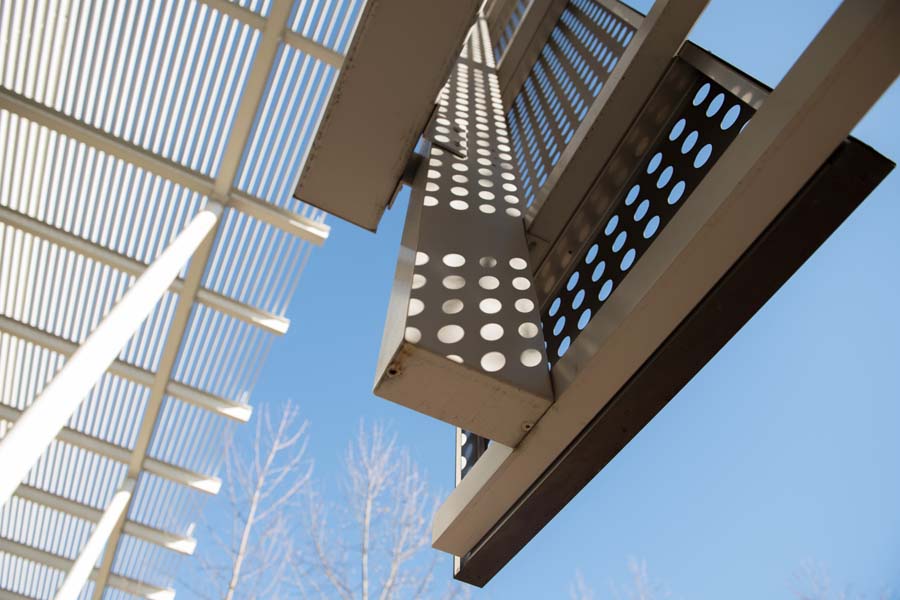
A screen on the front of the Marcus Nanotechnology Building.
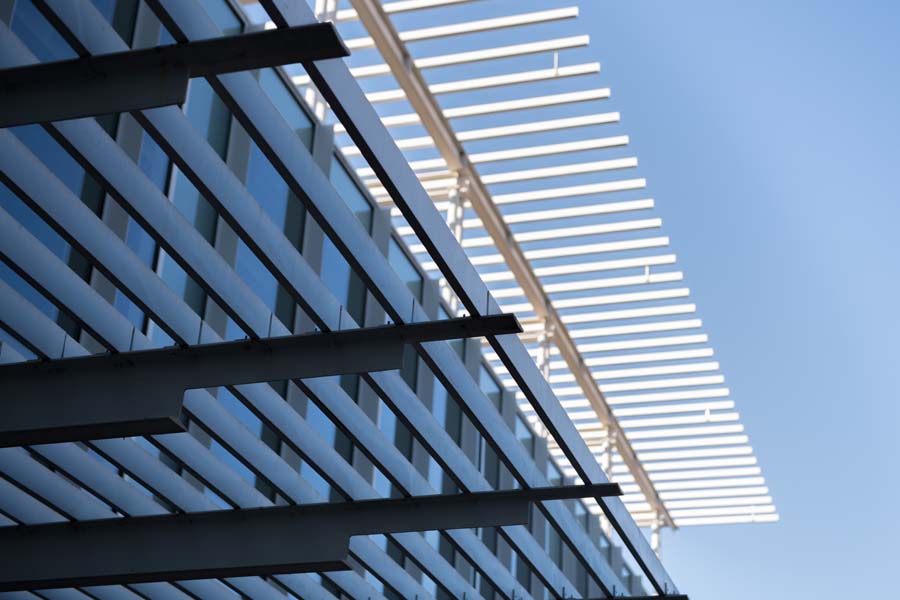
A trellis/sunscreen at the Marcus Nanotechnology Building.
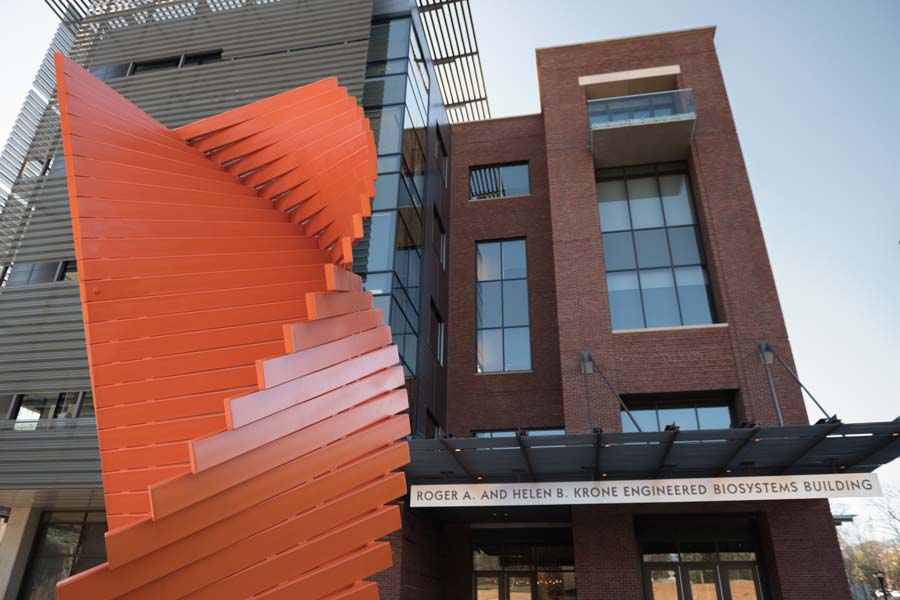
The Krone Engineered Biosystems Building features "Without Within," a 19-foot tall outdoor sculpture by artist Robert Winkler of Asheville, North Carolina.

At the Krone Engineered Biosystems Building, a window frit graphic is inspired by morphogenesis and genetic heat mapping.
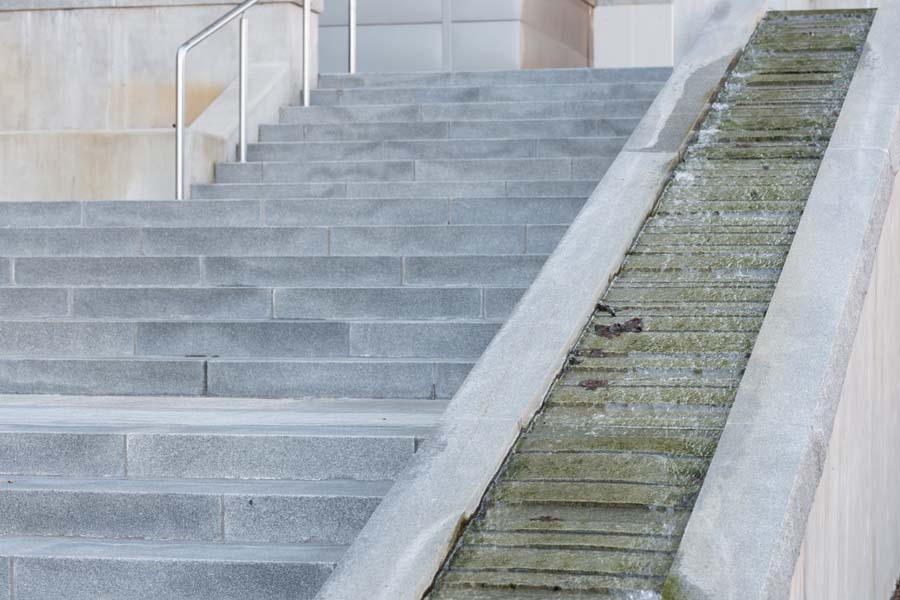
The fountain of the Krone Engineered Biosystems Building uses collected rainwater.
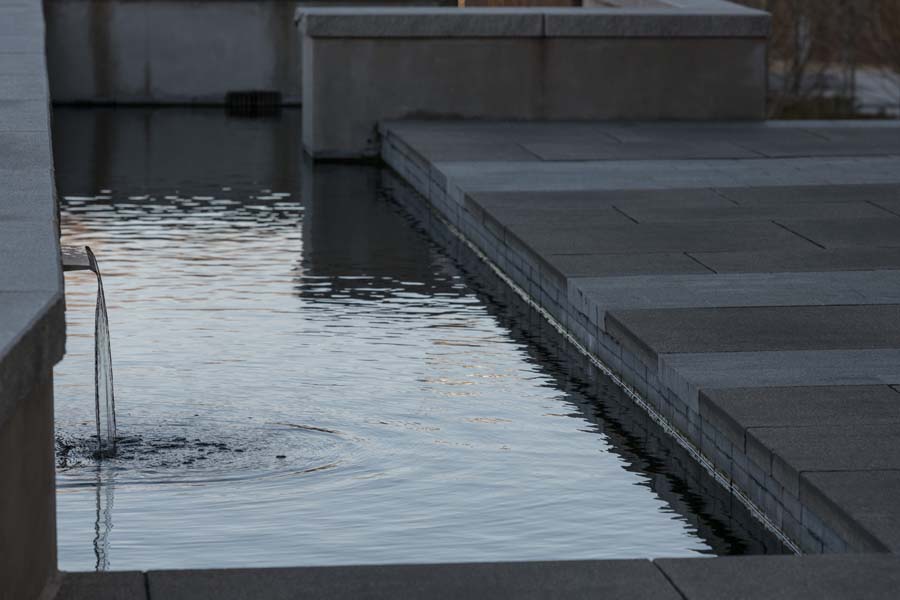
The fountain of the Krone Engineered Biosystems Building uses collected rainwater.
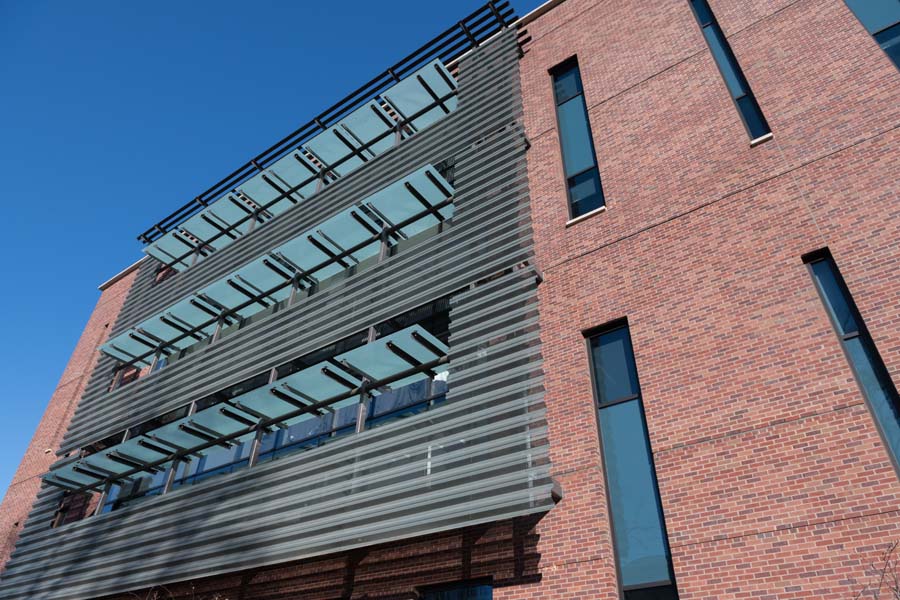
A wall constructed of mixed materials at the Krone Engineered Biosystems Building.
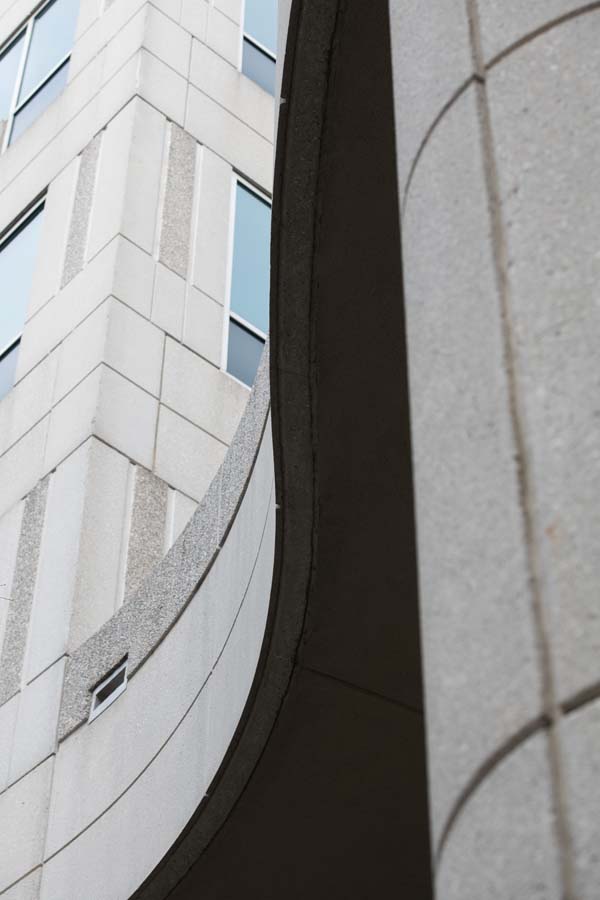
Angles and curves of the exterior of the GTRI Building at 14th Street.
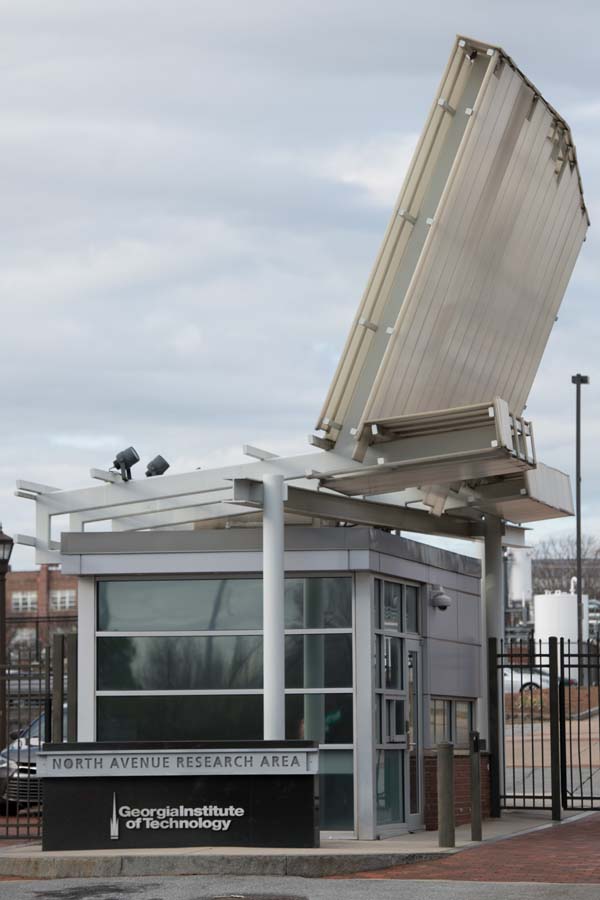
The entrance of the North Avenue Research Area.

Roof detail of the Food Processing Technology Center at the North Avenue Research Area.
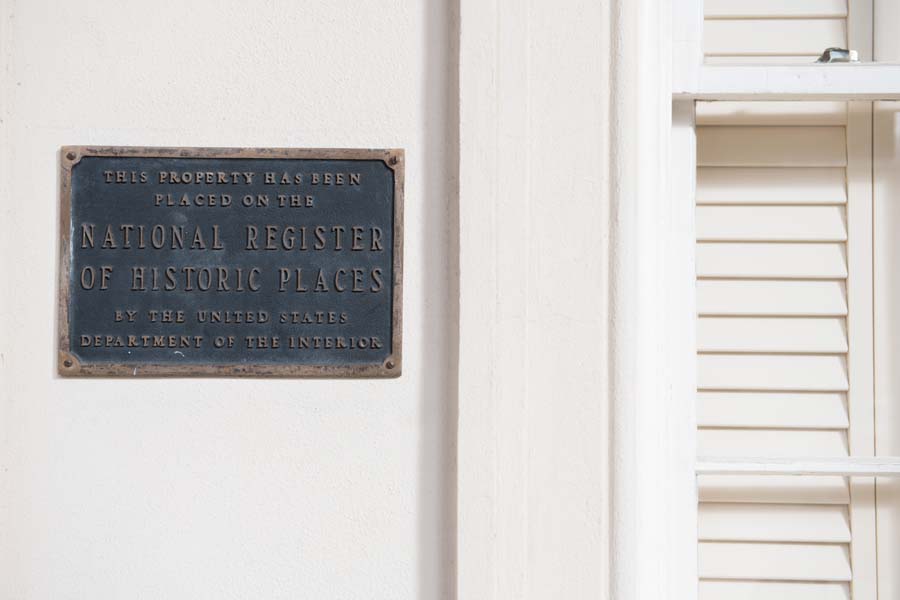
The Academy of Medicine on West Peachtree Street is on the National Register of Historic Places.

Close-up of the door knobs at the Historic Academy of Medicine, which was built in 1941.
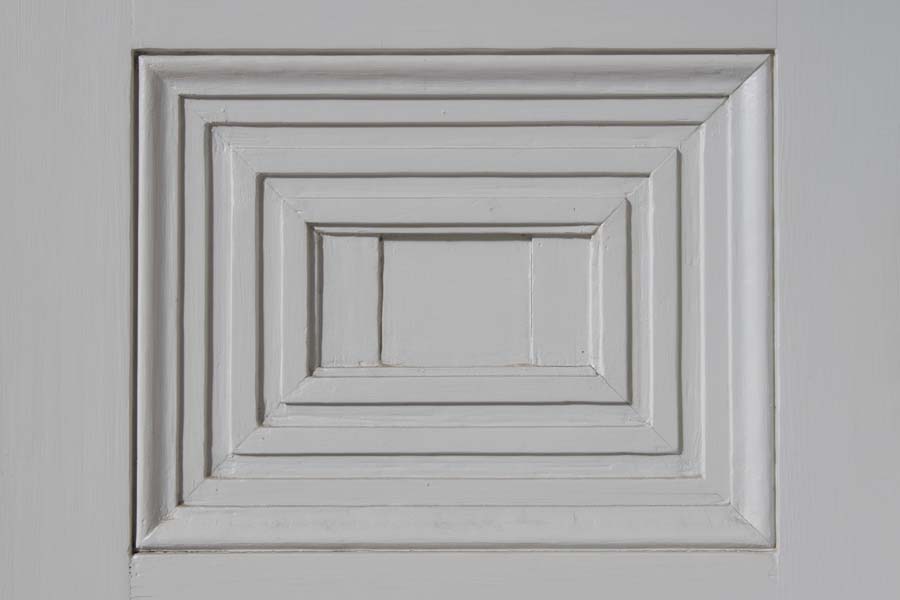
Close-up of the door detail of the Academy of Medicine.

A fanlight of the Academy of Medicine.
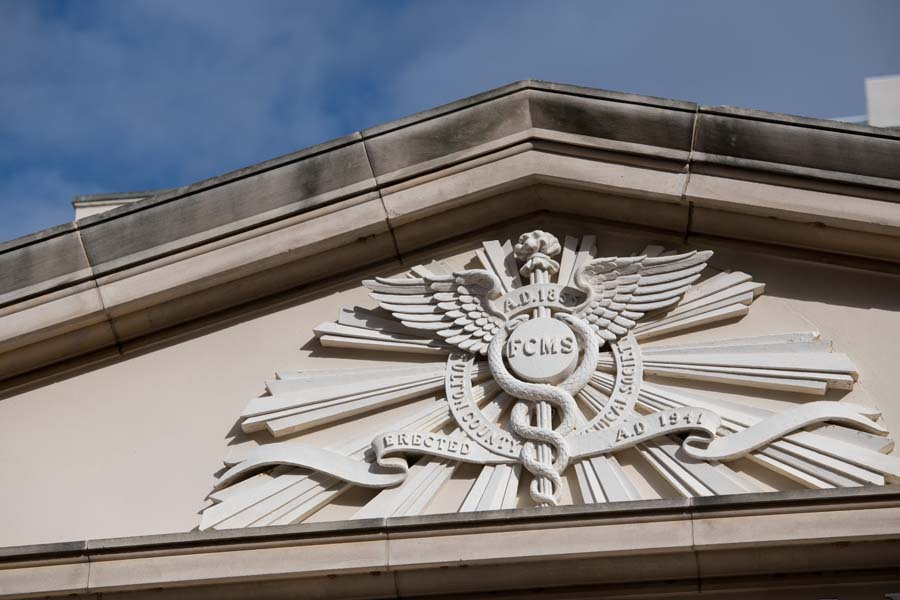
The Fulton County Medical Society dedicated the Academy of Medicine as its headquarters in 1941.

